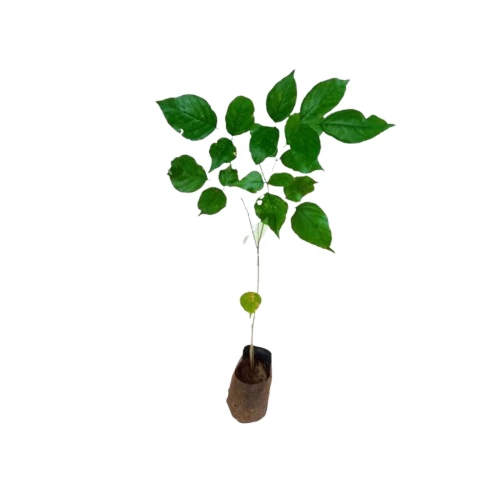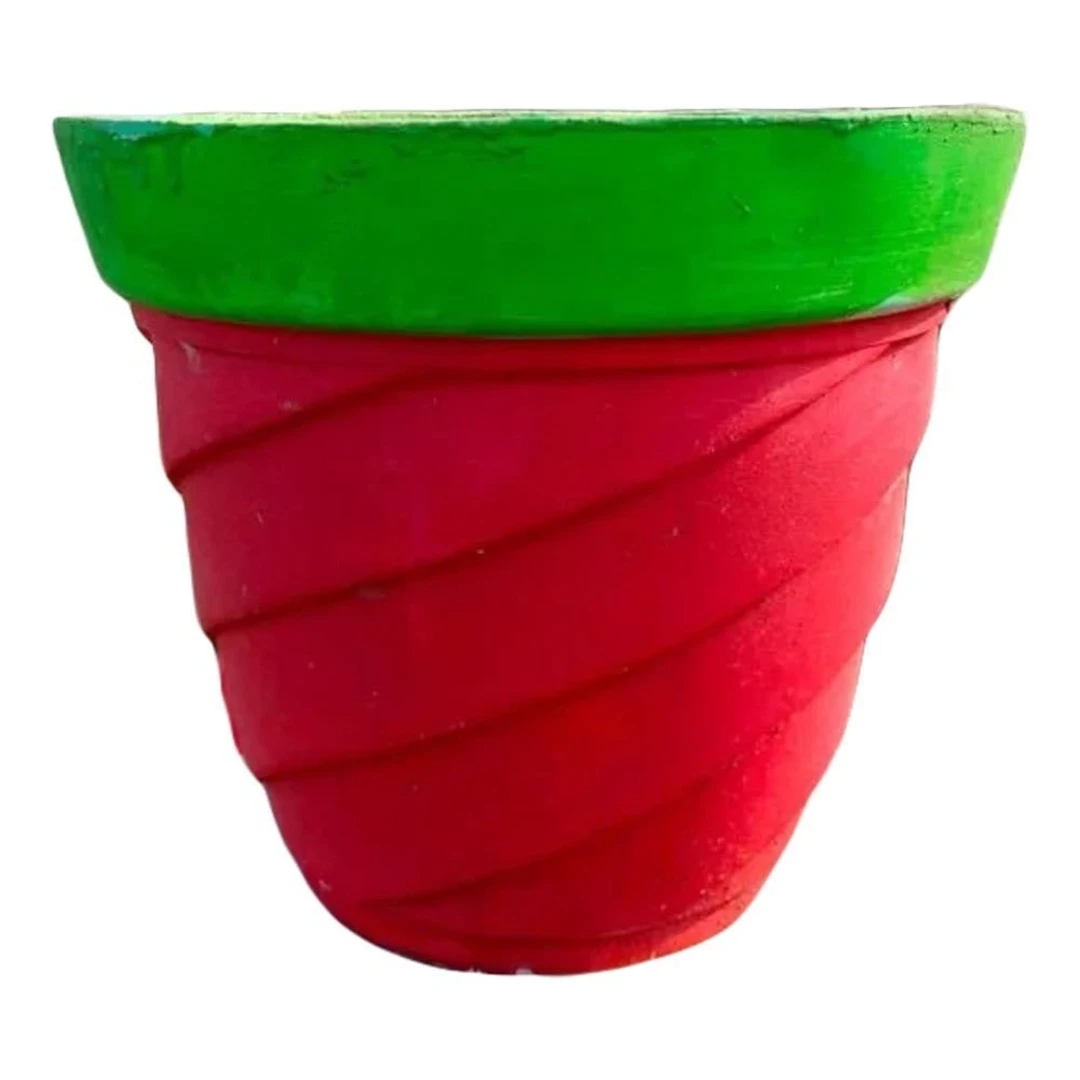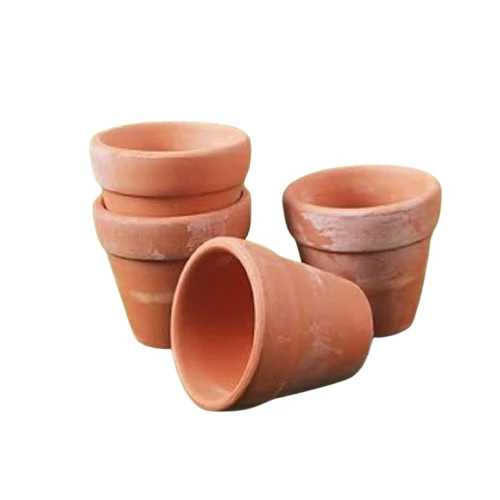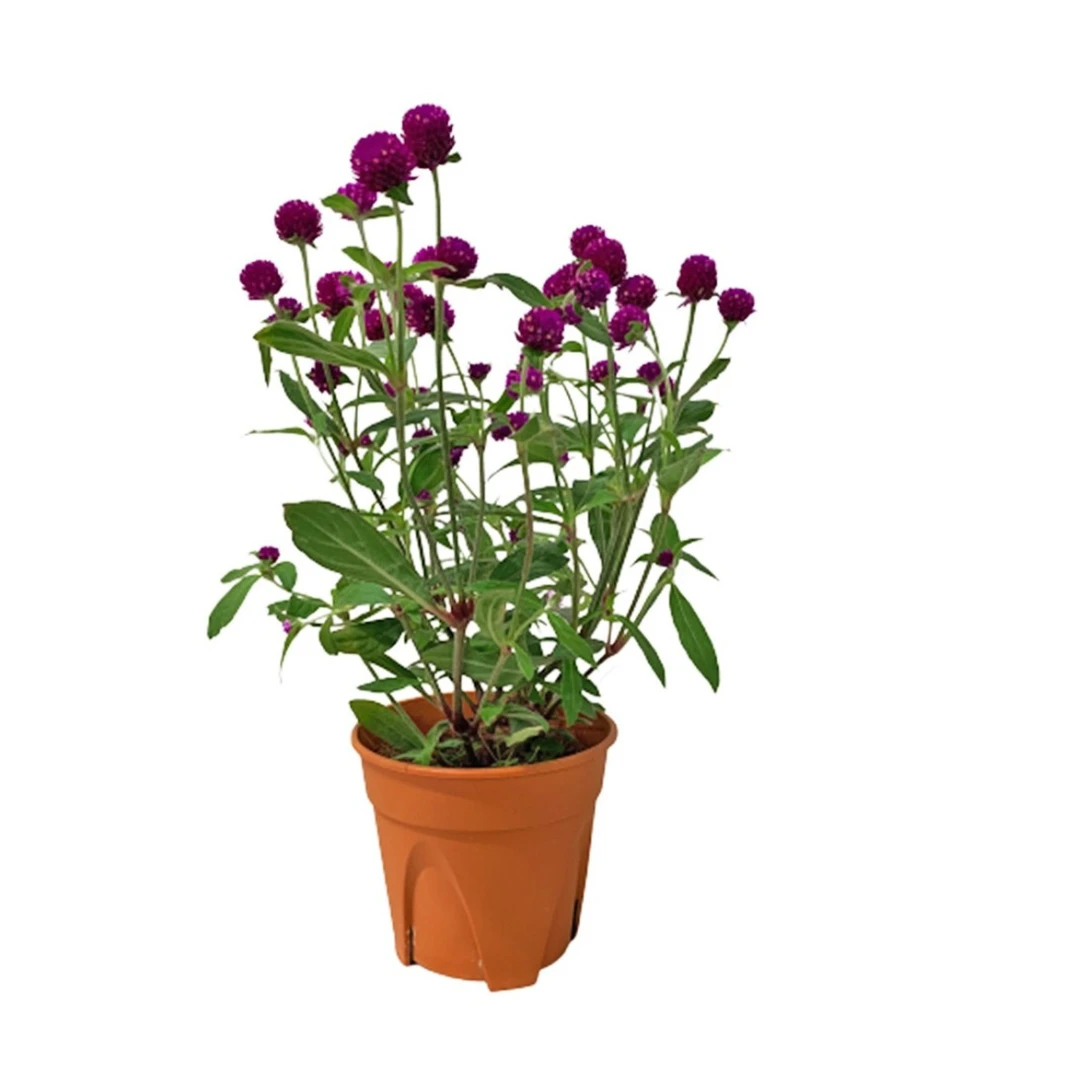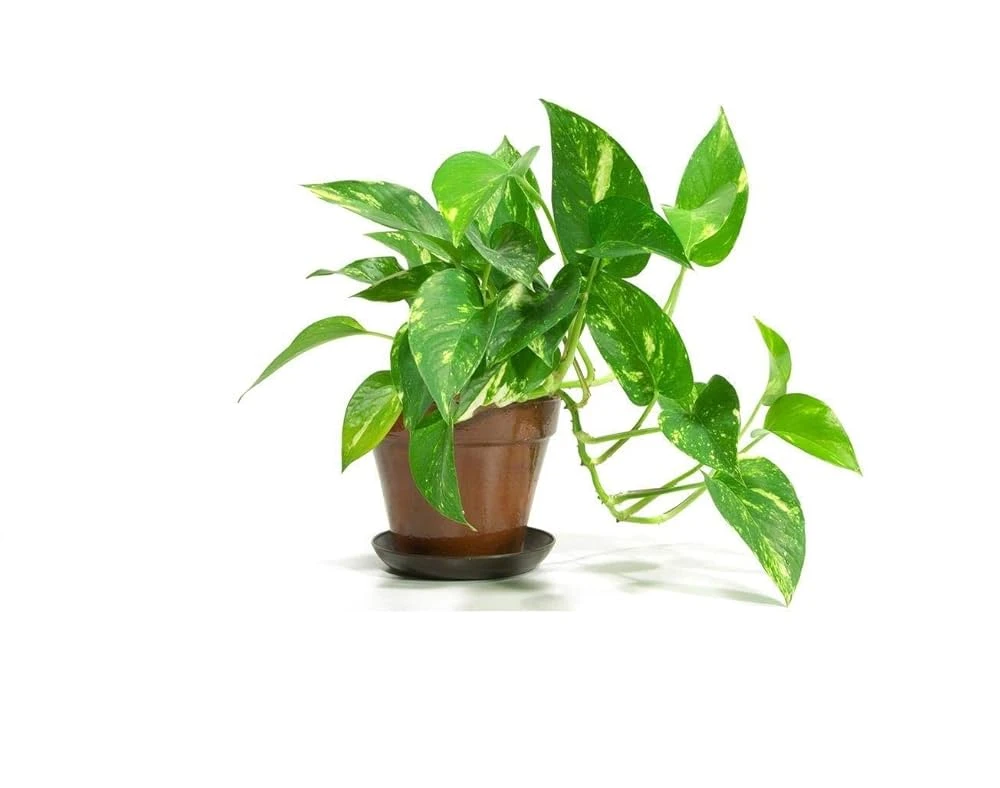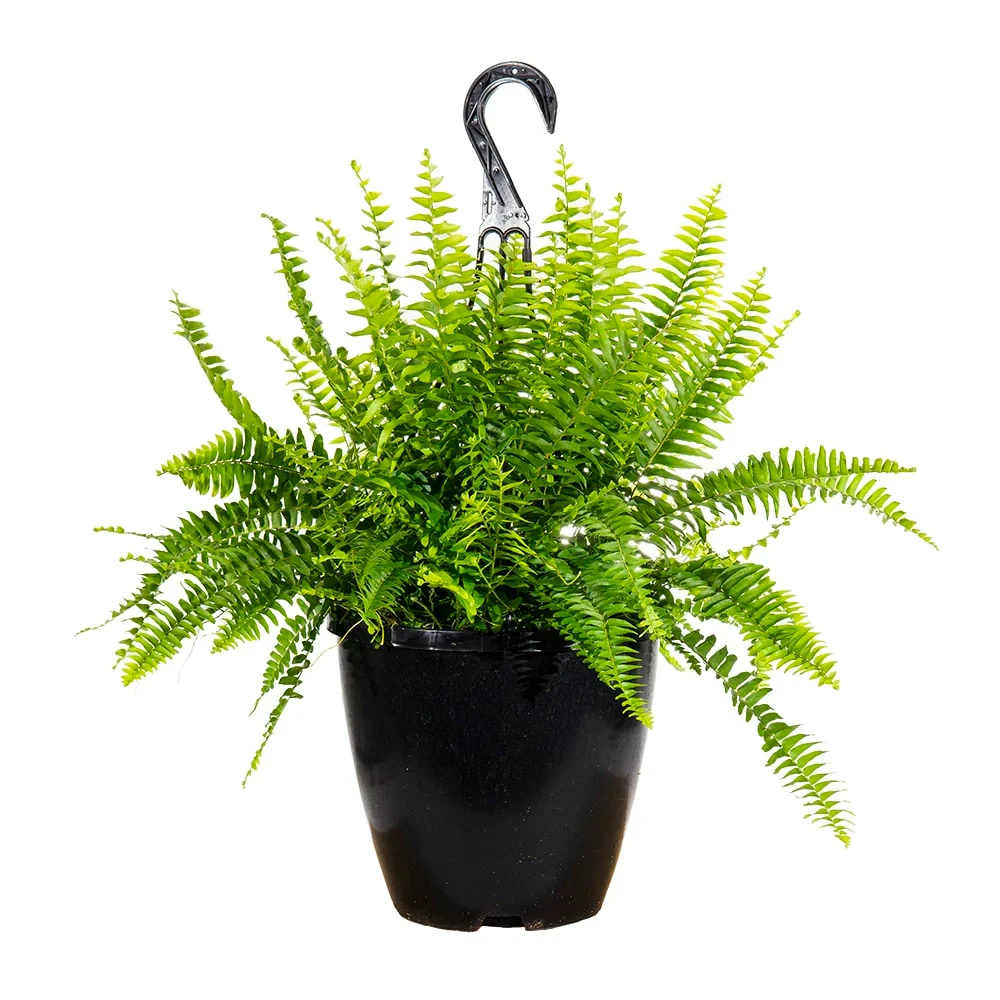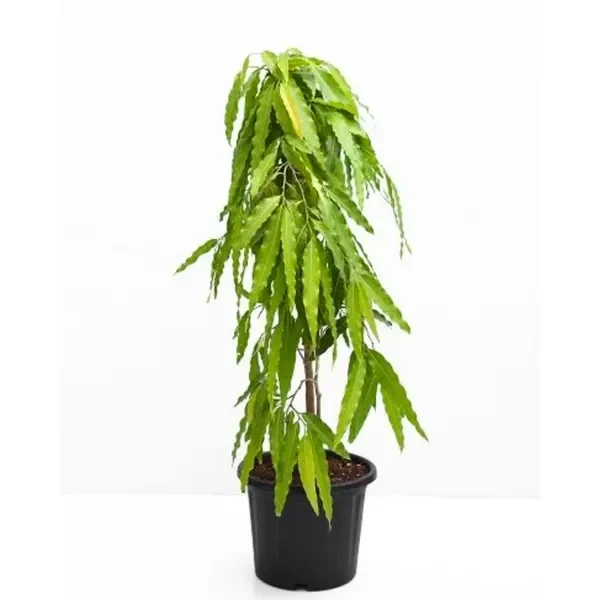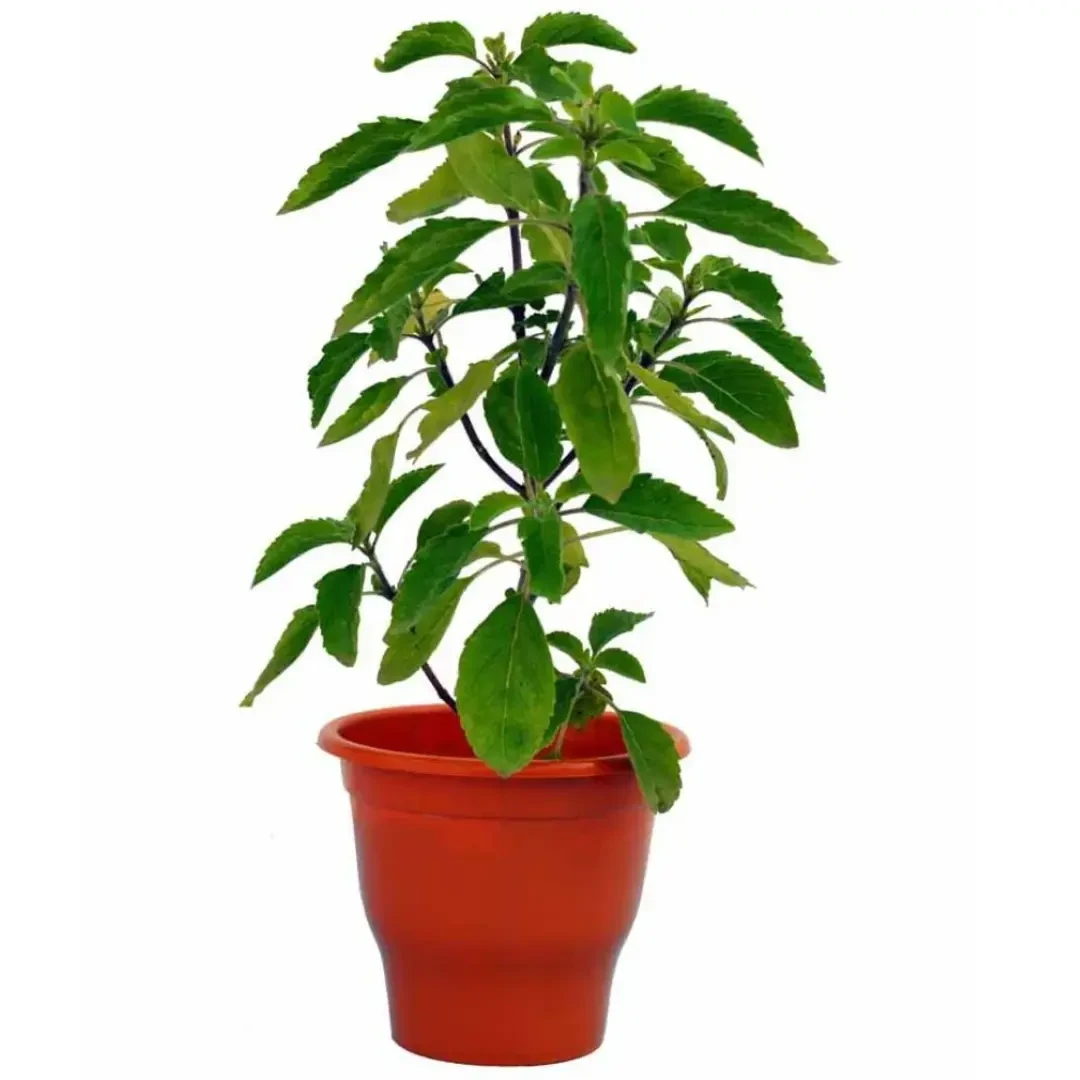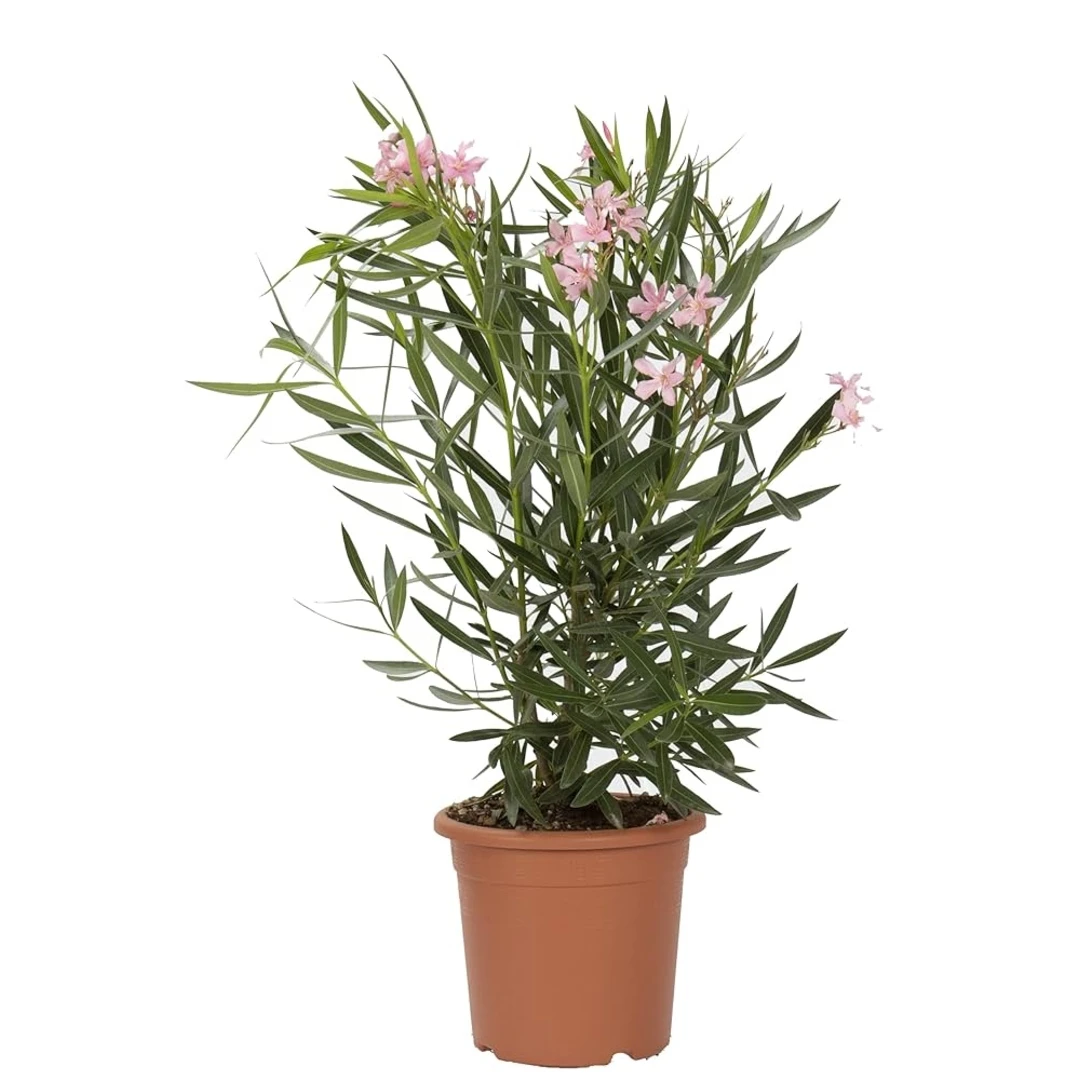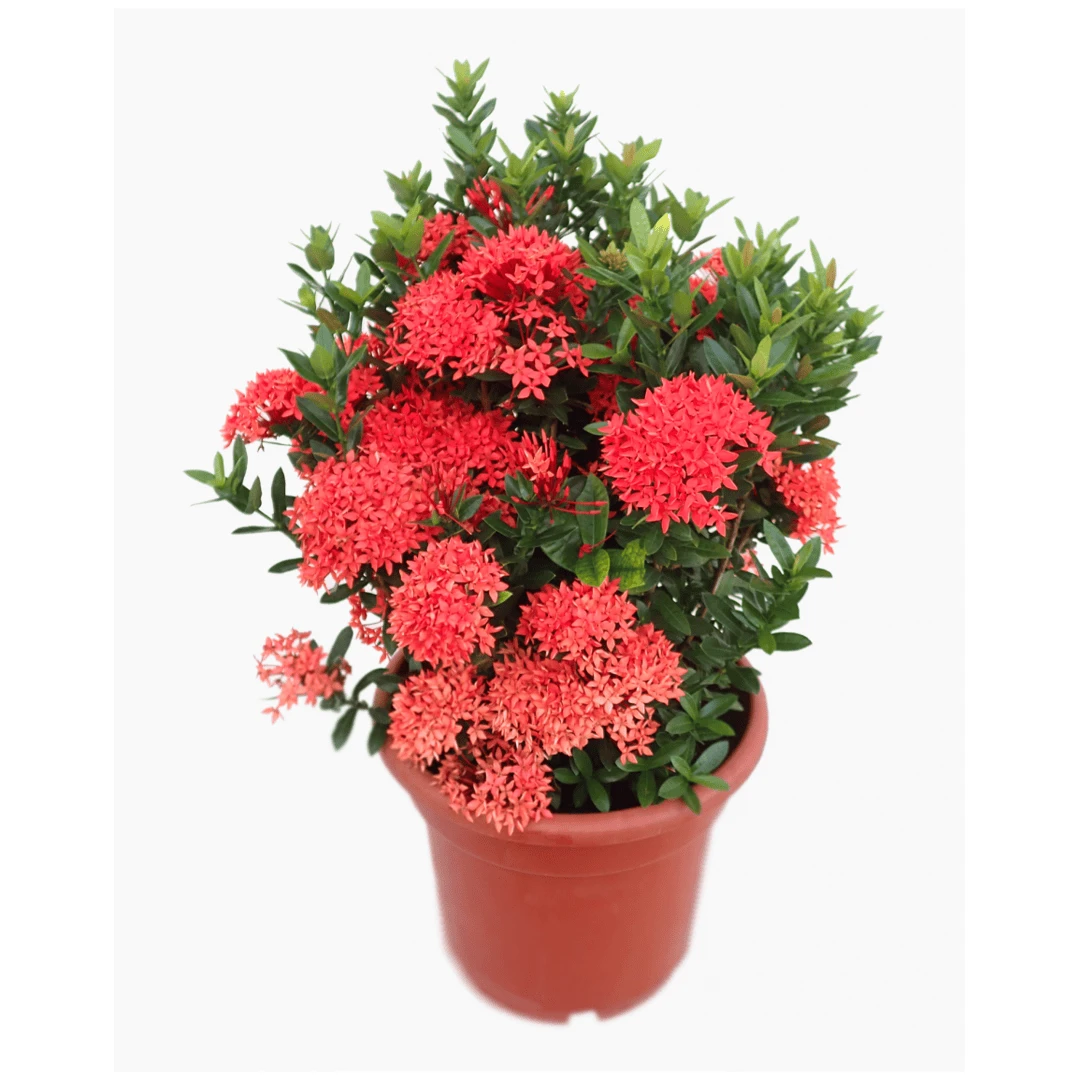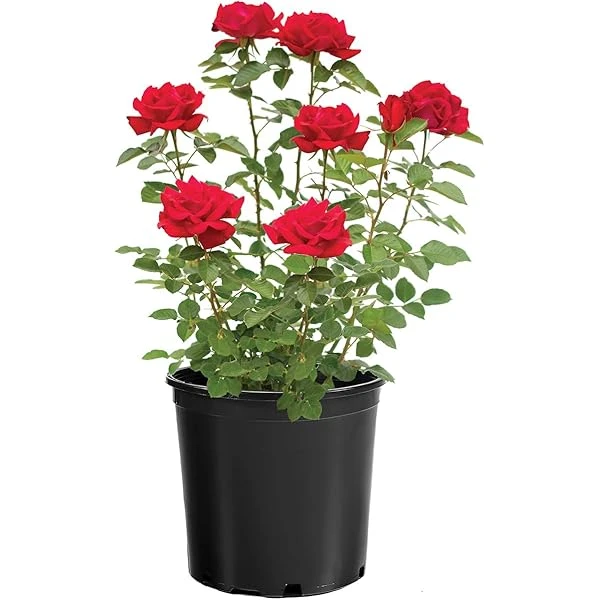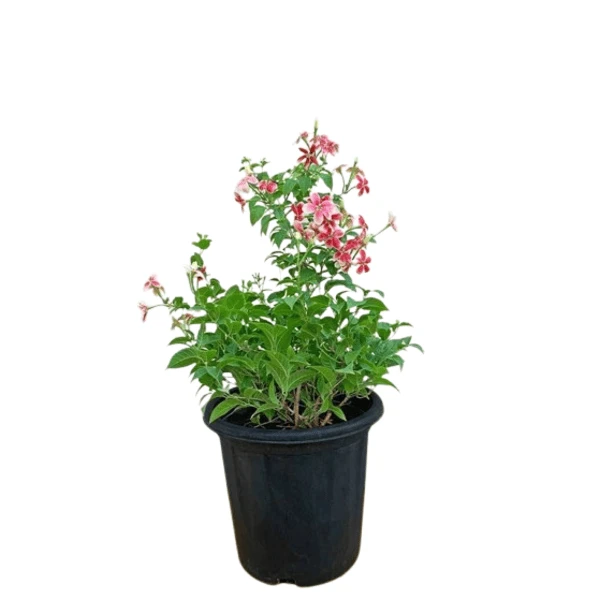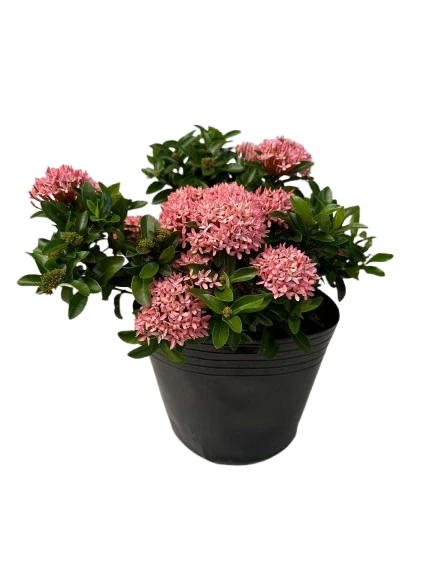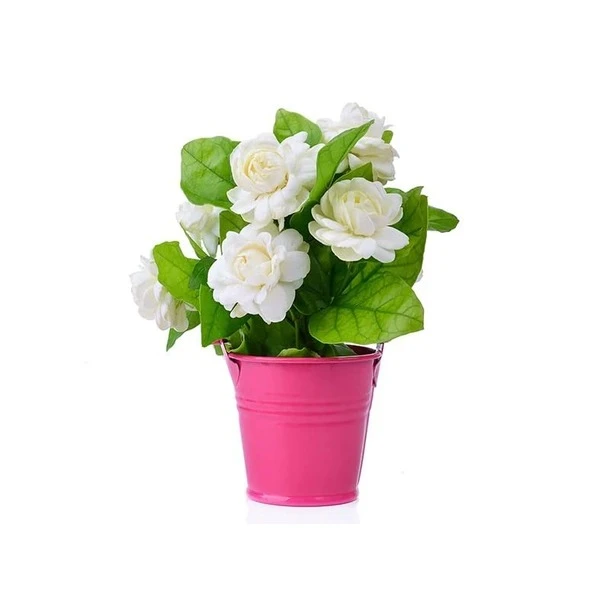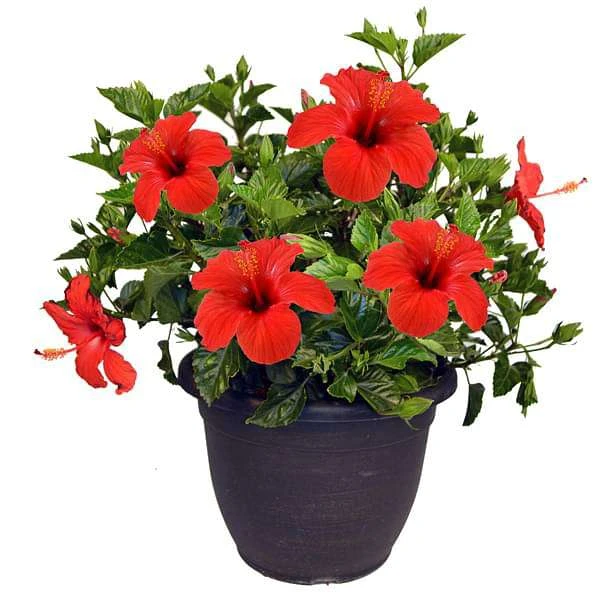Pongamia pinnata, also known as Pangaro, is a medium-sized, semi-evergreen, leguminous tree native to India and other parts of Asia. It's known for its fast growth, drought tolerance, and nitrogen-fixing capabilities. It has compound leaves, fragrant, pea-like flowers (white or pink), and produces oil-rich seeds used for biofuel and medicinal purposes.
Key characteristics of Pongamia pinnata:
Size and Shape: Reaches heights of 30-40 feet with a spreading crown, according to Ask IFAS - Powered by EDIS.
Leaves: Compound leaves with several pairs of leaflets, alternate and pinnately arranged, according to the State Medicinal Plants Board Kerala.
Flowers: Clusters of fragrant, pea-like flowers, typically white or pink.
Fruits and Seeds: Produces flattened, woody seed pods containing oval-shaped seeds rich in oil.
Bark: Grayish-brown and rough, with deep furrows as the tree matures.
Growth: Fast-growing, adaptable to various climates and soil types, including marginal lands.
Habitat: Thrives in tropical and subtropical regions, commonly found near rivers, coastal areas, and in lowland forests.
Other Names: Also known as Pongam, Indian beech, Karanja, and Millettia pinnata.
Uses and Significance:
Biofuel: The seed oil is a potential source of biofuel.
Medicinal: Used in traditional medicine for skin conditions, ulcers, and other ailments, according to Wikipedia.
Ornamental: Planted as a roadside and shade tree due to its attractive flowers.
Soil Improvement: Nitrogen-fixing capabilities and dense root system help improve soil health.
Fodder: The leaves and seeds can be used as animal feed.



